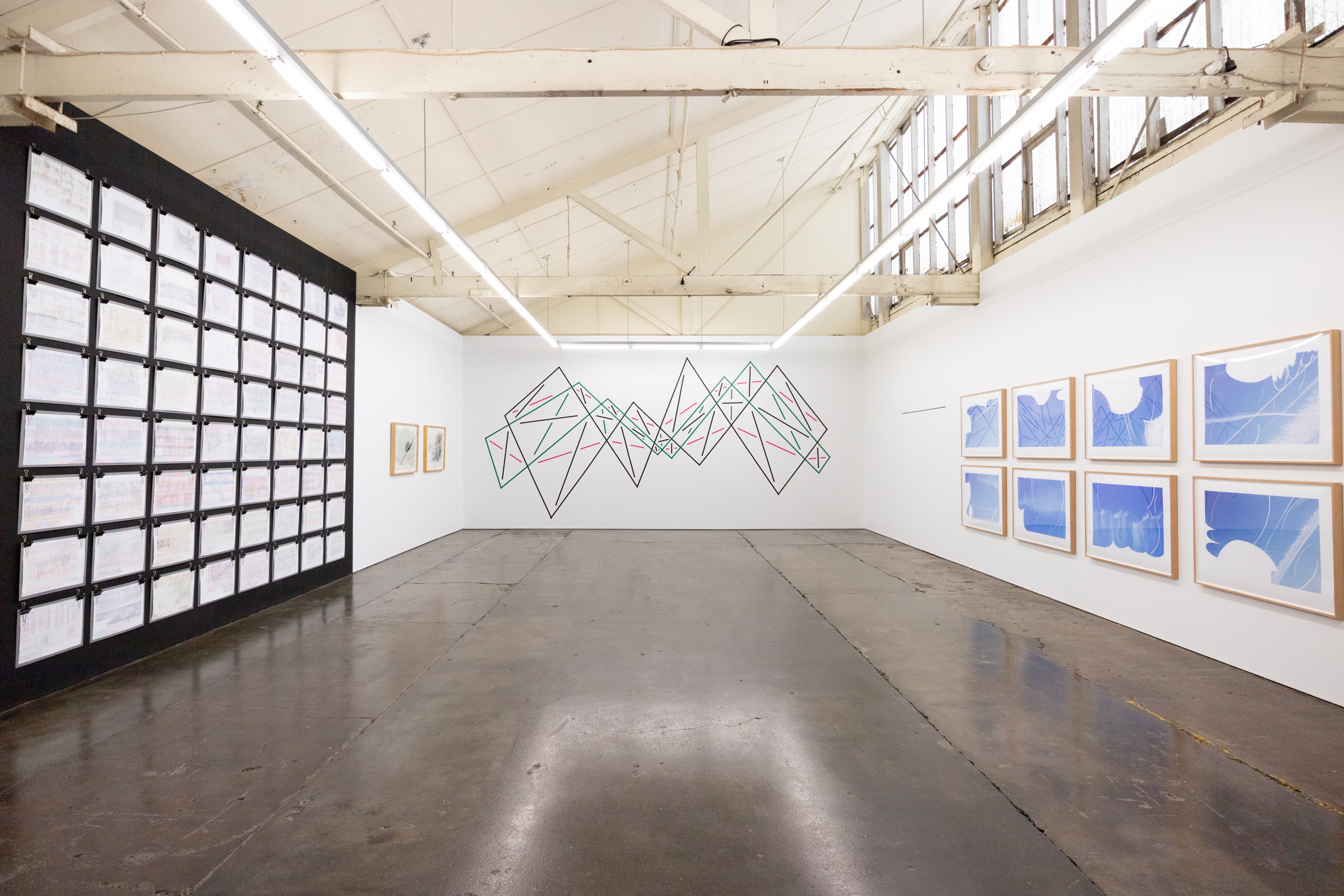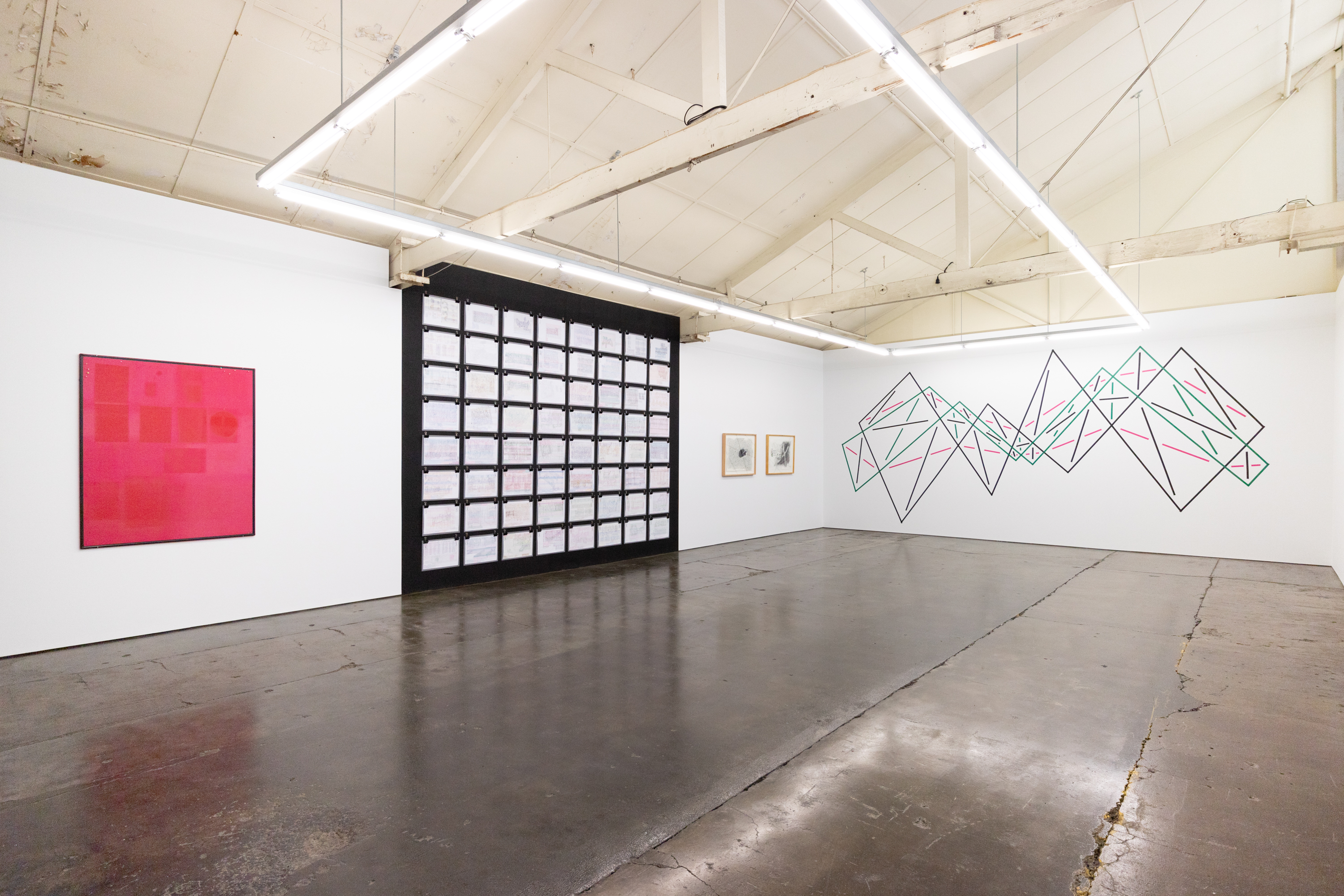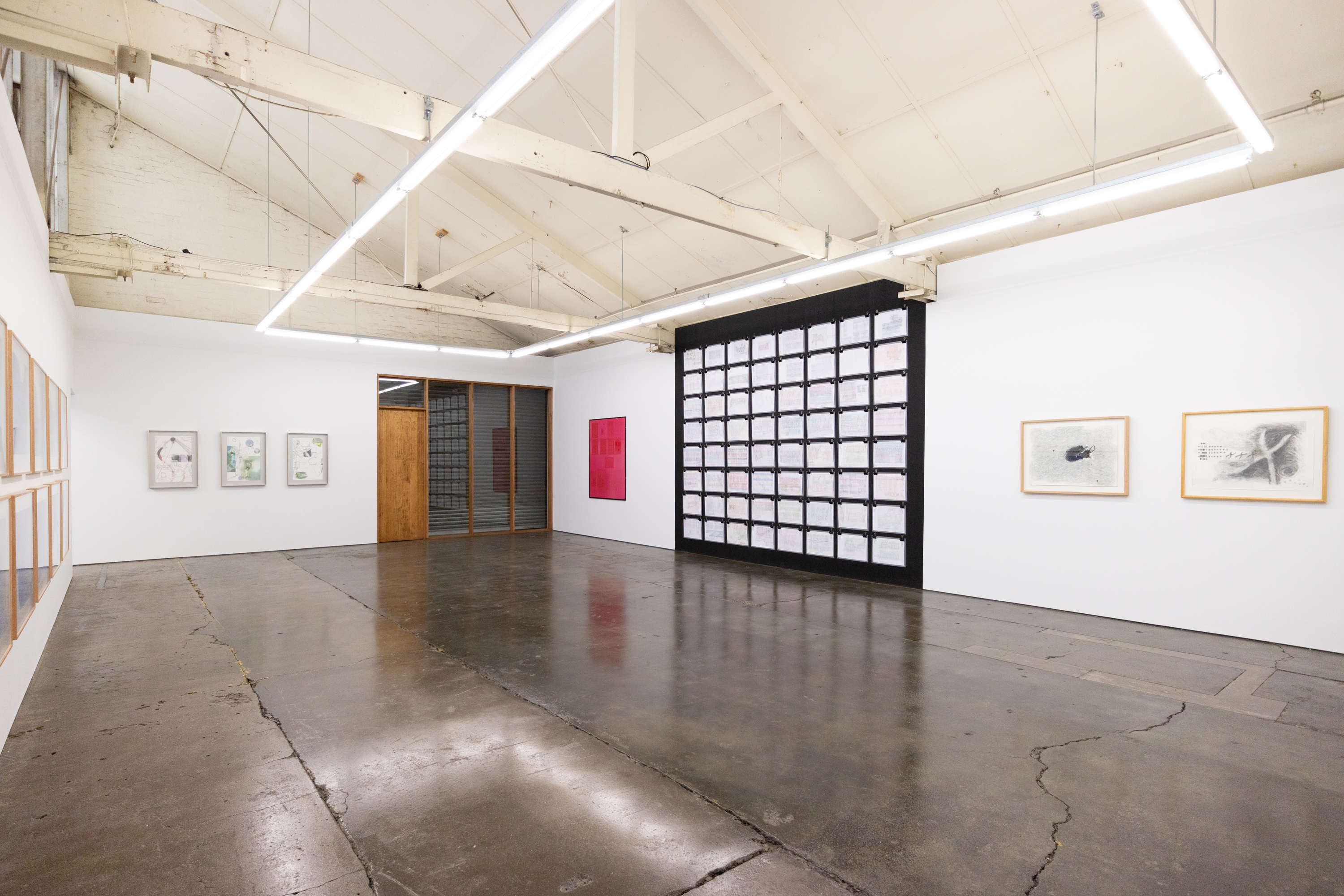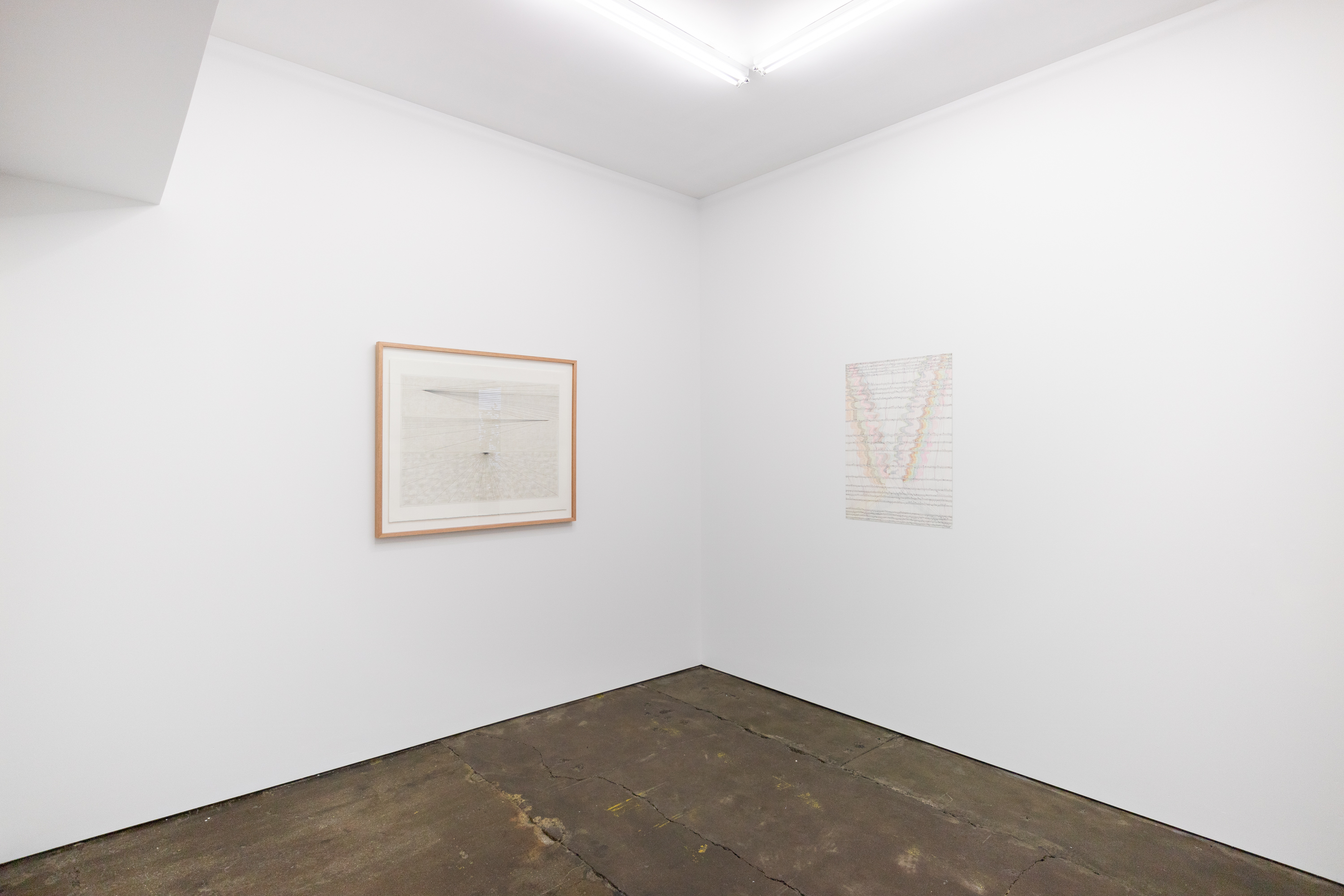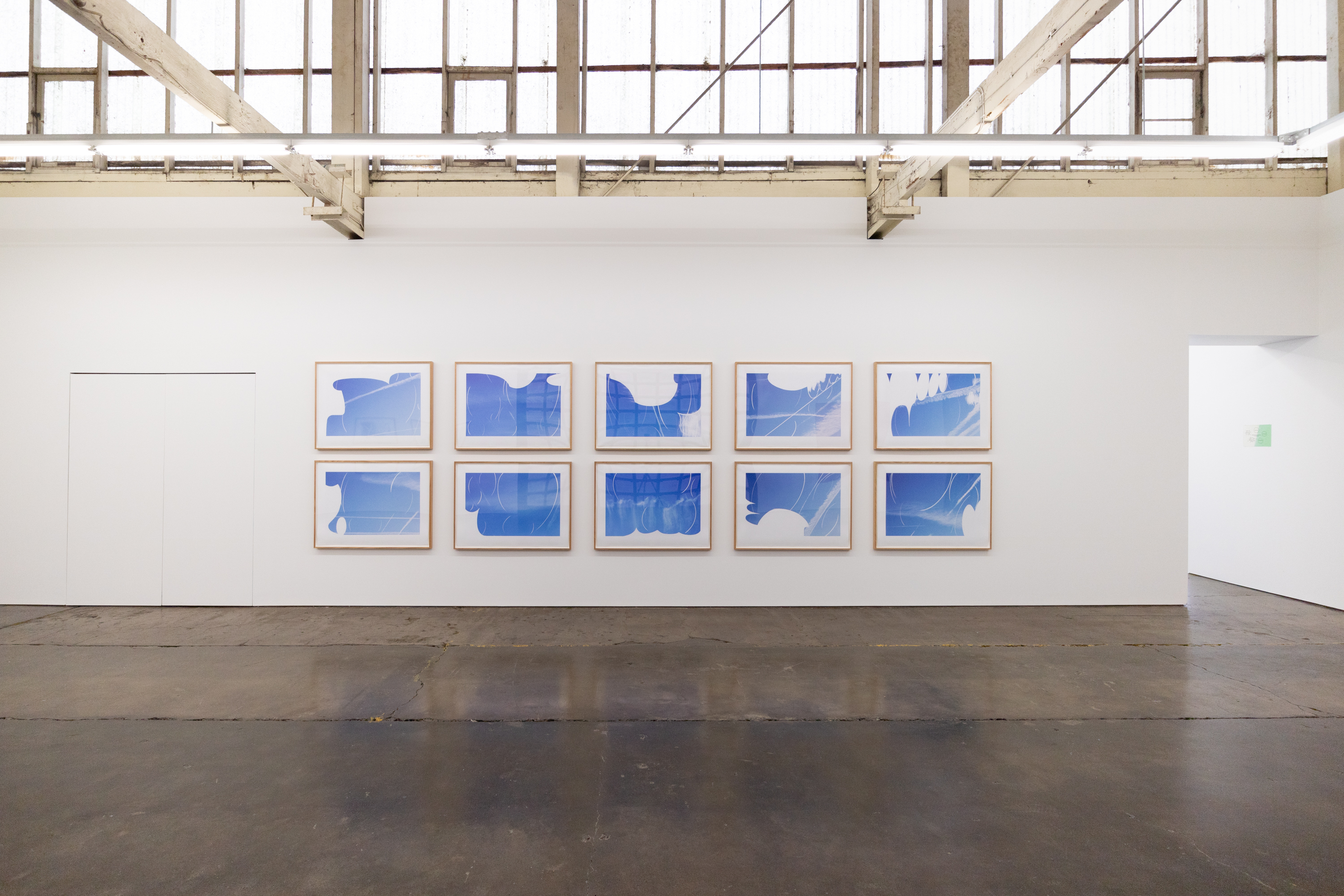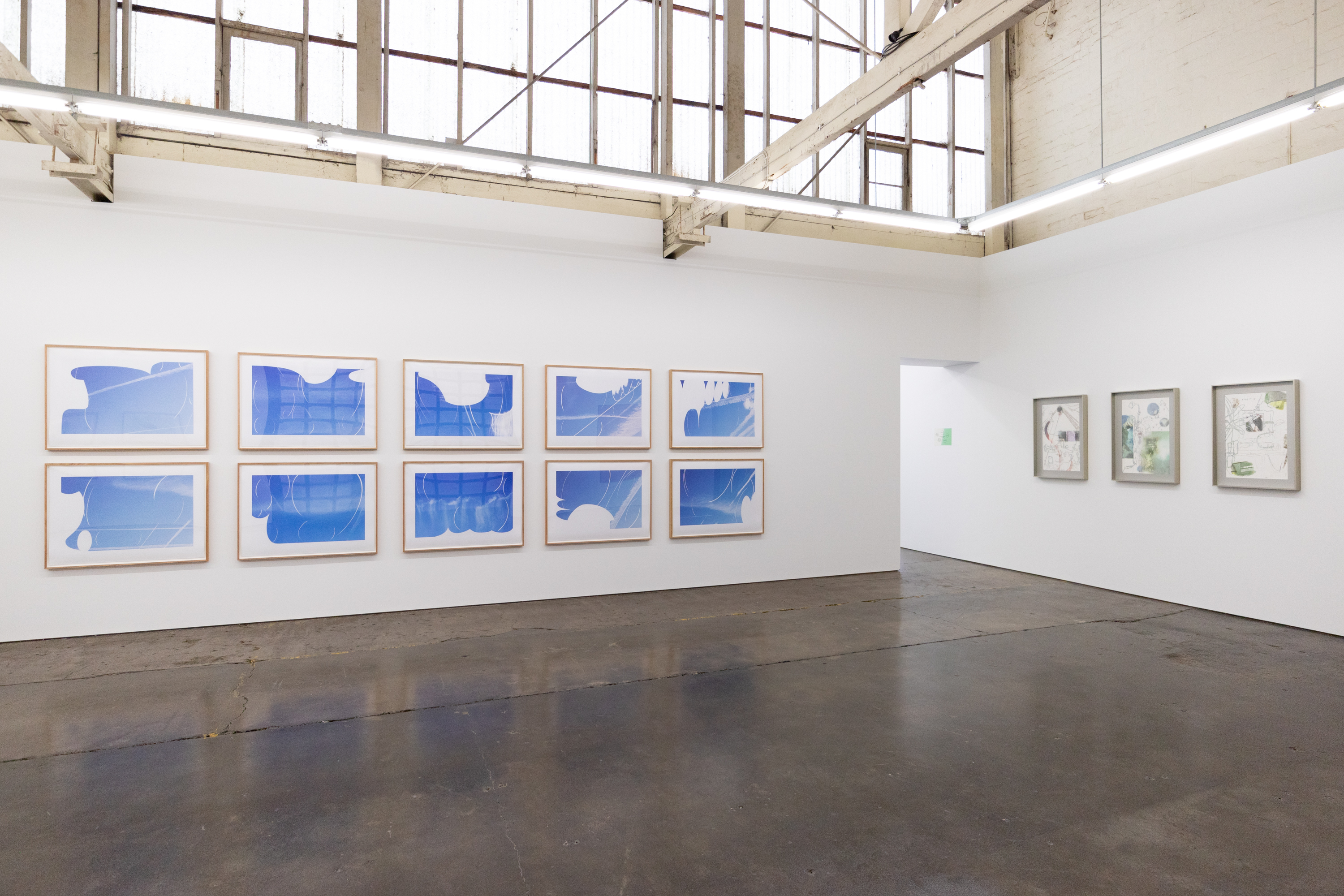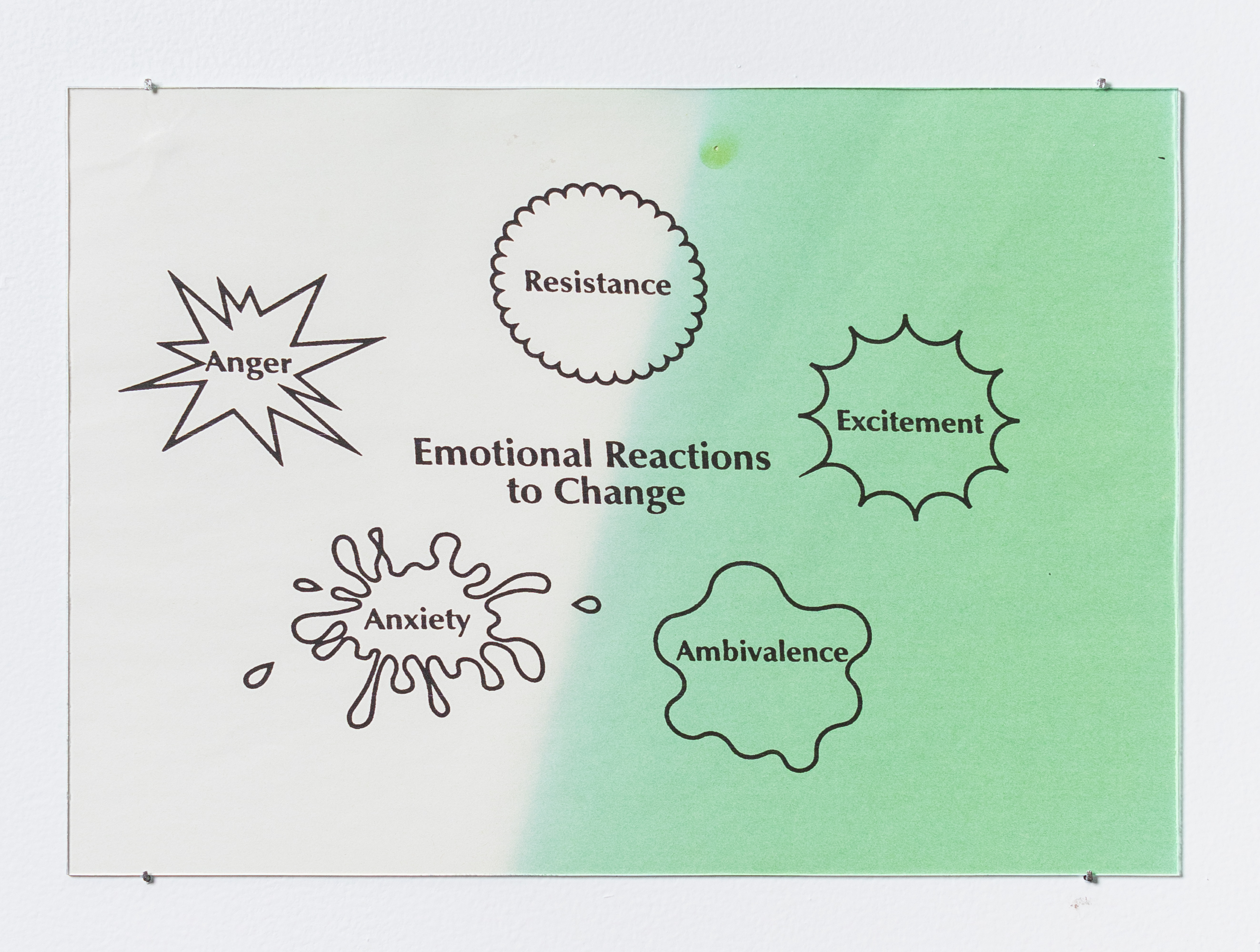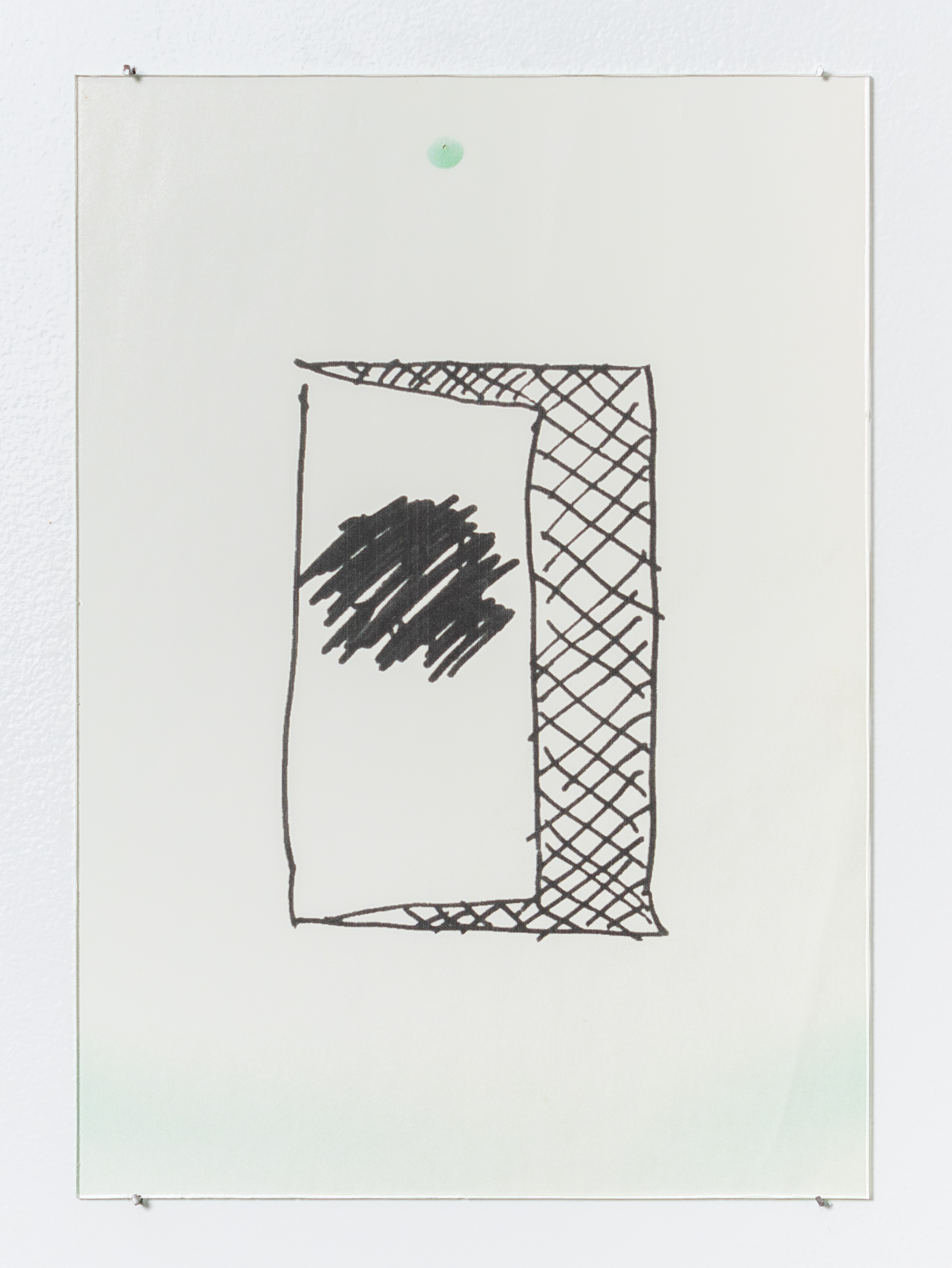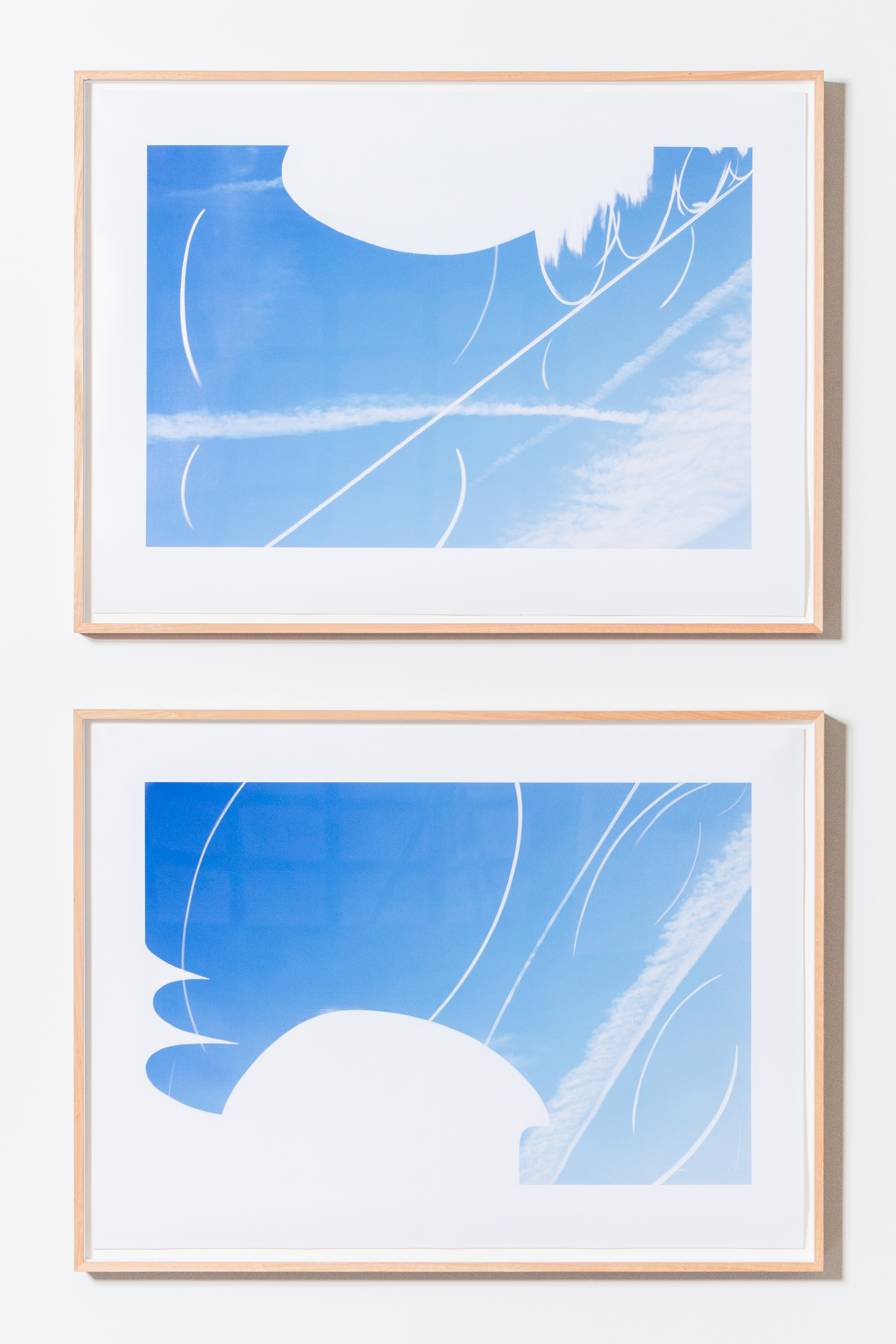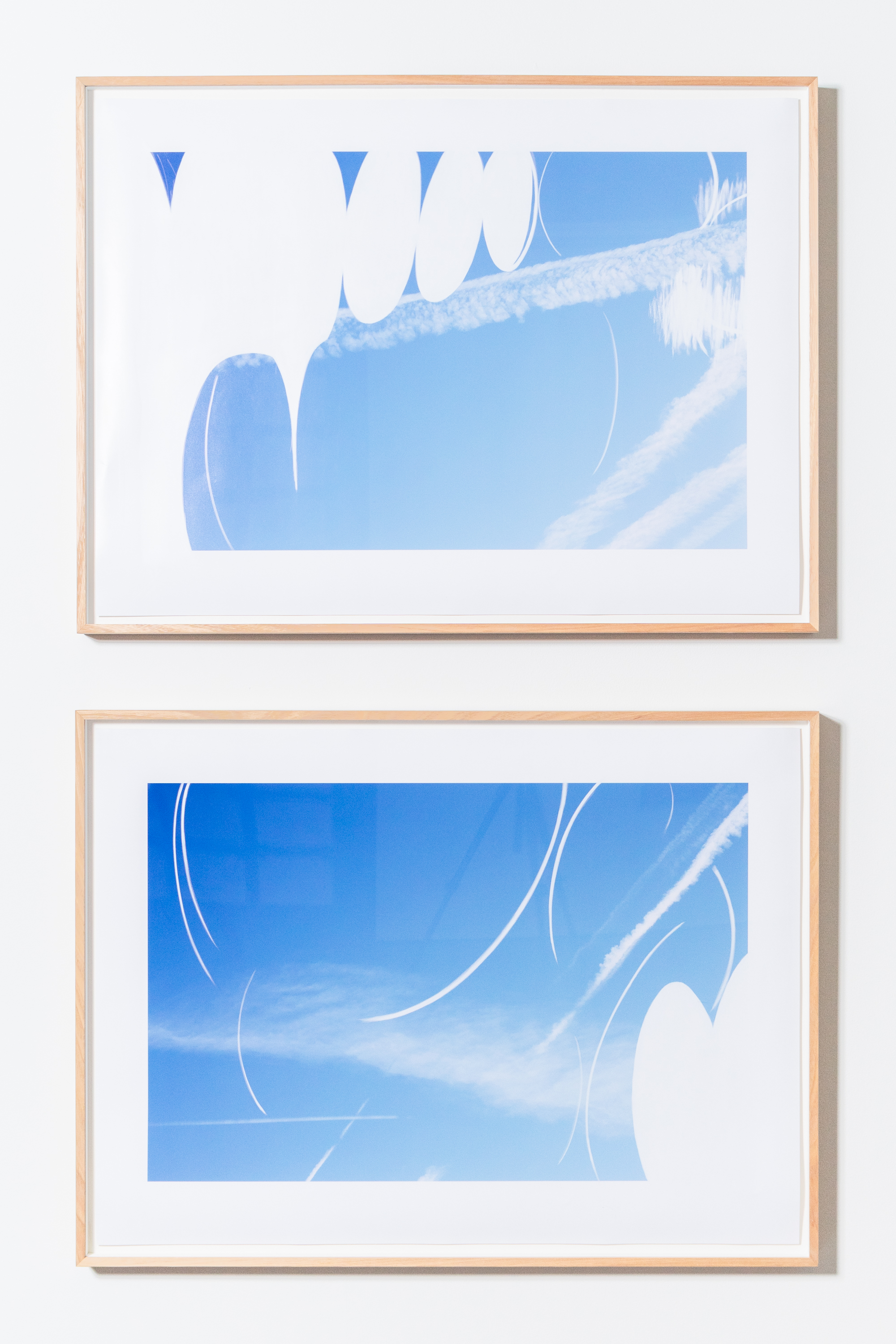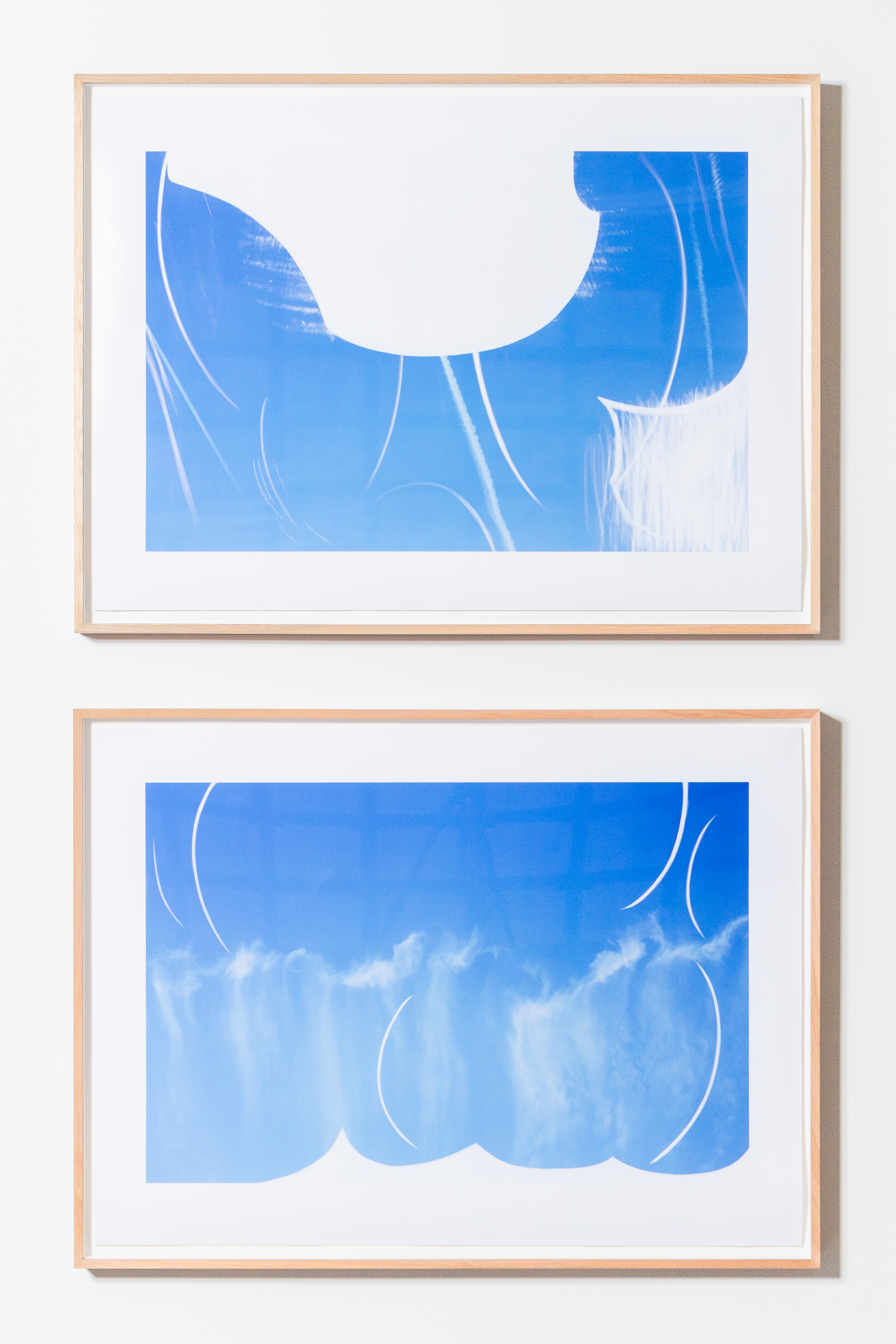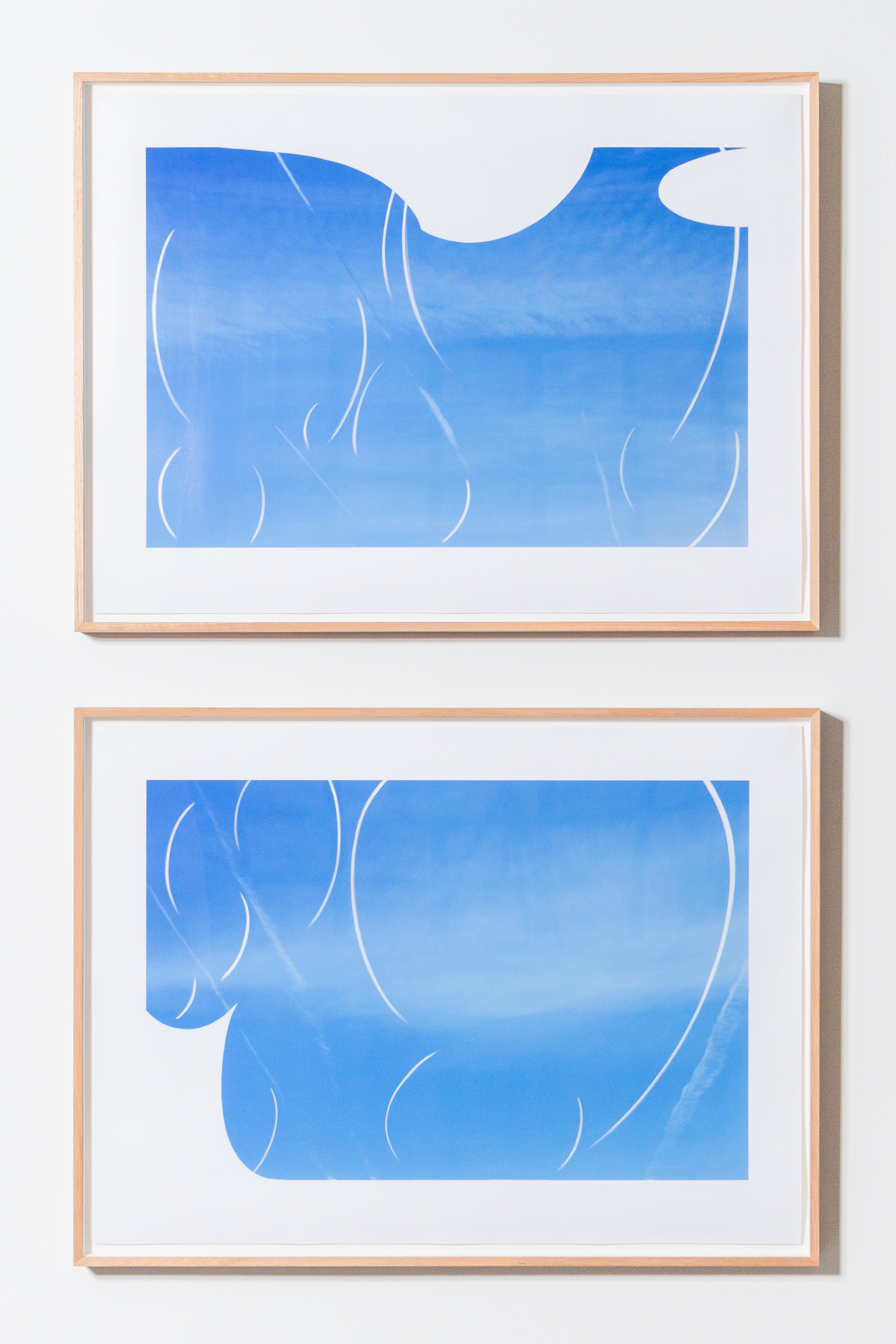Mira Gojak, Agatha Gothe-Snape, Julie Irving, Amalia Lindo, Kerrie Poliness, Mia Salsjö
05.04.2024 - 11.05.2024
Haydens is pleased to present Characters, a group exhibition featuring a selection of Australia’s leading conceptual drawing practitioners.
Traversing diverse themes such as automatism, connectivity, performativity, and translation, Characters visualises ideas as material. Taking form in a variety of mediums, these drawn works are characteristic of fixed points in time. What we see is a trace, or an artifact of a specific culmination of events, and in some cases the act of interpreting this residue is the focus of interest. What is seen is the result of a sustained engagement in drawing as a method of communicating beyond language.
Sometimes it is the outcome of an event, a symbol of linguistic expression, or the instruction for noise echoing through space. At other times it is the openness and unlimited possibilities of consciousness reflected through nature, or the creation of a system of order in which to understand the chaos. It is also the culmination of shared experiences, mediated through artificial conglomerations, created from the gathered thoughts of an endless stream of data. Here, drawing’s potential is limitless.
Mira Gojak appears courtesy Murray White Room.
Agatha Gothe-Snape appears courtesy The Commercial.
Kerrie Poliness appears courtesy Anna Schwartz Gallery.
Mira Gojak, born in 1963 in Adelaide. Lives and works in Melbourne. She completed a Bachelor of Science (Honours) at the University of Adelaide, followed a few years later by a Bachelor of Arts at the Victorian College of the Arts in 1992. Her practice moves between drawing, photography, sculpture, and installation. Recent solo exhibitions include Cutting through the vast plain of day, Murray White Room, Melbourne (2019); Distant Measures, Margaret Lawrence Gallery, Melbourne (2016); Erased blue: brackets and arrows, Murray White Room, Melbourne (2015); Transfer Stations, Murray White Room, Melbourne (2011); Mira Gojak, presented by MUMA, Switchback Gallery, Gippsland (2010); Another Ground, Murray White Room, Melbourne (2009).
Agatha Gothe-Snape’s work engages with the politics and poetics of language and other embodied knowledge as it is performed interpersonally and is creative of our relationships with each other, with art and architecture and other histories. Rooted in performance, her work operates intuitively and is generated via improvisation and collaboration. In its visual economy and aesthetic weightlessness indebted to minimalism, Gothe-Snape’s often text-based work finds short cuts through complexity and ambiguity to arrive at fertile slippages that wed emotional impact with conceptual rigour. She employs colour fields instructionally, affectively. Performance and its strategies are a constant presence even in object-based works. Her processes are without fixed limits and foster transparency. The work inhabits spaces that are both physical and non-physical. It occupies thresholds that are negotiable. Found texts, oral histories and ongoing conversations with her family of peers and other collaborators provide navigational pathways, matrices, vocabularies for her practice. She foregrounds these relationships, asserting them as imperatives for living and as substantiating of art.
Julie Irving is an artist based in Melbourne. She studied at the National Gallery of Victoria Art School. Her practice includes drawing, painting, and printmaking. Irving has exhibited in commercial galleries and state institutions throughout Australia since the 1970’s.
Amalia Lindo is a multi-disciplinary artist based in Naarm/Melbourne. She immigrated to Australia from Harare, Zimbabwe in 2005, and is of Hispanic/American descent. In 2016, she completed a Bachelor of Fine Art (First Class Honours) at Monash Art, Design and Architecture. Incorporating human and algorithmic decision-making into filmmaking, her work examines the effects of automated technologies, such as artificial intelligence, on human labour, behaviour and decision-making. In 2022, she was the winner of the ‘Digital Art Prize’, a biennial national award for digital art presented by Goolugatup Heathcote, Perth.
Kerrie Poliness’s practice stems from an interest in DIY culture and collaboration, developing artist-run galleries and initiatives, activities and publications with artists and others since the mid 1980s. Poliness uses everyday materials to make artworks including large-scale geometric drawings and paintings that respond to the place in which they are made. Since the early 1990s Poliness has designed systems for making art. Patterns are drawn onto various surfaces via instruction manuals, enabling other people to participate in making her large-scale, immersive drawings. Designed to mass-produce unique objects her artwork-systems accentuate fundamental and invisible qualities of materiality and interconnective processes and patterns of nature and people. They often involve workshops and collective activity.
Mia Salsjö creates multidisciplinary art projects that investigate architectural forms and systems. Salsjö’s projects, grounded in complex code-based systems, encompass drawing, music composition, text, performance, video, and textile-based works. Her works have been included in major international exhibitions including Construction of the Possible, the 13th Havana Biennial, Havana (2019). Other recent exhibitions include 1000 Year Plan for Gertrude Glasshouse, Gertrude Glasshouse, Melbourne (2022); Modes and Forms (performance), La Trobe Regional Gallery, Morwell, Victoria (2020); The Score, Ian Potter Museum of Art, University of Melbourne, Melbourne (2017); and Mia Salsjö: Prints, Drawings, Multiples, Australasian Cultural Art Exchange Gallery, Melbourne (2019). In 2022, Salsjö was commissioned by Fed Square and the National Gallery of Victoria, Melbourne, to compose A Score for Fed Square (2022), which was performed by musicians from the Melbourne Symphony Orchestra and conducted by Carlo Antonioli.
Exhibition Review: Characters, Haydens
Mira Gojak, Agatha Gothe-Snape, Julie Irving, Amalia Lindo, Kerrie Poliness, Mia Salsjö
ArtsHub - Vanessa Francesca
Traversing diverse themes such as automatism, connectivity, performativity, and translation, Characters visualises ideas as material. Taking form in a variety of mediums, these drawn works are characteristic of fixed points in time. What we see is a trace, or an artifact of a specific culmination of events, and in some cases the act of interpreting this residue is the focus of interest. What is seen is the result of a sustained engagement in drawing as a method of communicating beyond language.
Sometimes it is the outcome of an event, a symbol of linguistic expression, or the instruction for noise echoing through space. At other times it is the openness and unlimited possibilities of consciousness reflected through nature, or the creation of a system of order in which to understand the chaos. It is also the culmination of shared experiences, mediated through artificial conglomerations, created from the gathered thoughts of an endless stream of data. Here, drawing’s potential is limitless.
Mira Gojak appears courtesy Murray White Room.
Agatha Gothe-Snape appears courtesy The Commercial.
Kerrie Poliness appears courtesy Anna Schwartz Gallery.
Mira Gojak, born in 1963 in Adelaide. Lives and works in Melbourne. She completed a Bachelor of Science (Honours) at the University of Adelaide, followed a few years later by a Bachelor of Arts at the Victorian College of the Arts in 1992. Her practice moves between drawing, photography, sculpture, and installation. Recent solo exhibitions include Cutting through the vast plain of day, Murray White Room, Melbourne (2019); Distant Measures, Margaret Lawrence Gallery, Melbourne (2016); Erased blue: brackets and arrows, Murray White Room, Melbourne (2015); Transfer Stations, Murray White Room, Melbourne (2011); Mira Gojak, presented by MUMA, Switchback Gallery, Gippsland (2010); Another Ground, Murray White Room, Melbourne (2009).
Agatha Gothe-Snape’s work engages with the politics and poetics of language and other embodied knowledge as it is performed interpersonally and is creative of our relationships with each other, with art and architecture and other histories. Rooted in performance, her work operates intuitively and is generated via improvisation and collaboration. In its visual economy and aesthetic weightlessness indebted to minimalism, Gothe-Snape’s often text-based work finds short cuts through complexity and ambiguity to arrive at fertile slippages that wed emotional impact with conceptual rigour. She employs colour fields instructionally, affectively. Performance and its strategies are a constant presence even in object-based works. Her processes are without fixed limits and foster transparency. The work inhabits spaces that are both physical and non-physical. It occupies thresholds that are negotiable. Found texts, oral histories and ongoing conversations with her family of peers and other collaborators provide navigational pathways, matrices, vocabularies for her practice. She foregrounds these relationships, asserting them as imperatives for living and as substantiating of art.
Julie Irving is an artist based in Melbourne. She studied at the National Gallery of Victoria Art School. Her practice includes drawing, painting, and printmaking. Irving has exhibited in commercial galleries and state institutions throughout Australia since the 1970’s.
Amalia Lindo is a multi-disciplinary artist based in Naarm/Melbourne. She immigrated to Australia from Harare, Zimbabwe in 2005, and is of Hispanic/American descent. In 2016, she completed a Bachelor of Fine Art (First Class Honours) at Monash Art, Design and Architecture. Incorporating human and algorithmic decision-making into filmmaking, her work examines the effects of automated technologies, such as artificial intelligence, on human labour, behaviour and decision-making. In 2022, she was the winner of the ‘Digital Art Prize’, a biennial national award for digital art presented by Goolugatup Heathcote, Perth.
Kerrie Poliness’s practice stems from an interest in DIY culture and collaboration, developing artist-run galleries and initiatives, activities and publications with artists and others since the mid 1980s. Poliness uses everyday materials to make artworks including large-scale geometric drawings and paintings that respond to the place in which they are made. Since the early 1990s Poliness has designed systems for making art. Patterns are drawn onto various surfaces via instruction manuals, enabling other people to participate in making her large-scale, immersive drawings. Designed to mass-produce unique objects her artwork-systems accentuate fundamental and invisible qualities of materiality and interconnective processes and patterns of nature and people. They often involve workshops and collective activity.
Mia Salsjö creates multidisciplinary art projects that investigate architectural forms and systems. Salsjö’s projects, grounded in complex code-based systems, encompass drawing, music composition, text, performance, video, and textile-based works. Her works have been included in major international exhibitions including Construction of the Possible, the 13th Havana Biennial, Havana (2019). Other recent exhibitions include 1000 Year Plan for Gertrude Glasshouse, Gertrude Glasshouse, Melbourne (2022); Modes and Forms (performance), La Trobe Regional Gallery, Morwell, Victoria (2020); The Score, Ian Potter Museum of Art, University of Melbourne, Melbourne (2017); and Mia Salsjö: Prints, Drawings, Multiples, Australasian Cultural Art Exchange Gallery, Melbourne (2019). In 2022, Salsjö was commissioned by Fed Square and the National Gallery of Victoria, Melbourne, to compose A Score for Fed Square (2022), which was performed by musicians from the Melbourne Symphony Orchestra and conducted by Carlo Antonioli.
Exhibition Review: Characters, Haydens
Mira Gojak, Agatha Gothe-Snape, Julie Irving, Amalia Lindo, Kerrie Poliness, Mia Salsjö
ArtsHub - Vanessa Francesca
